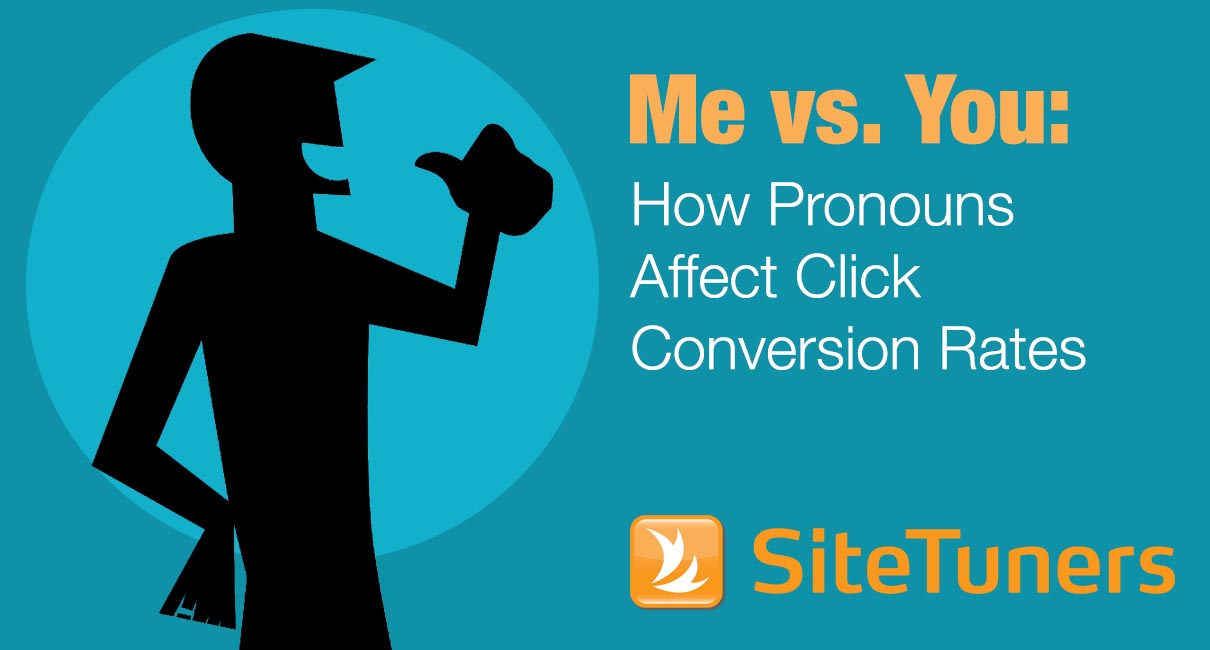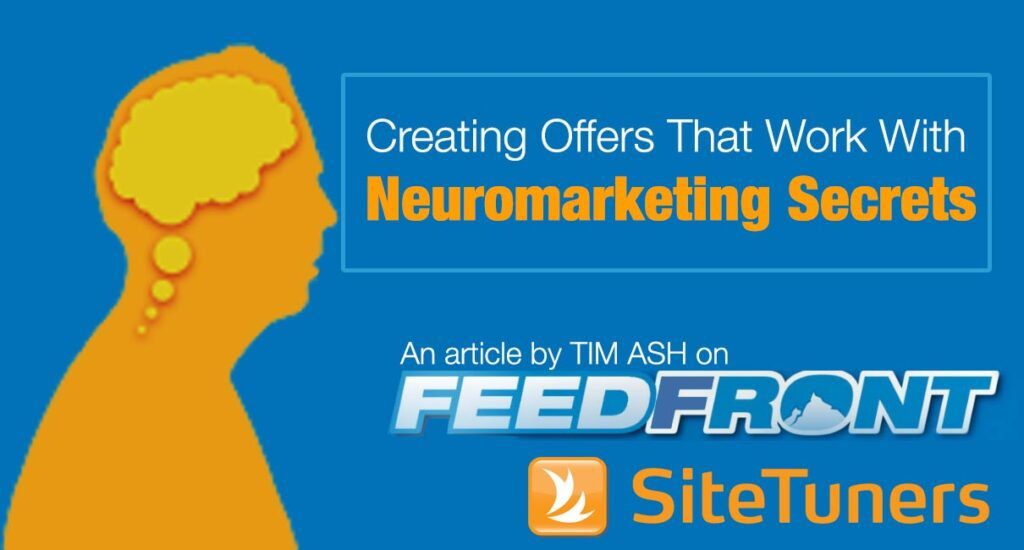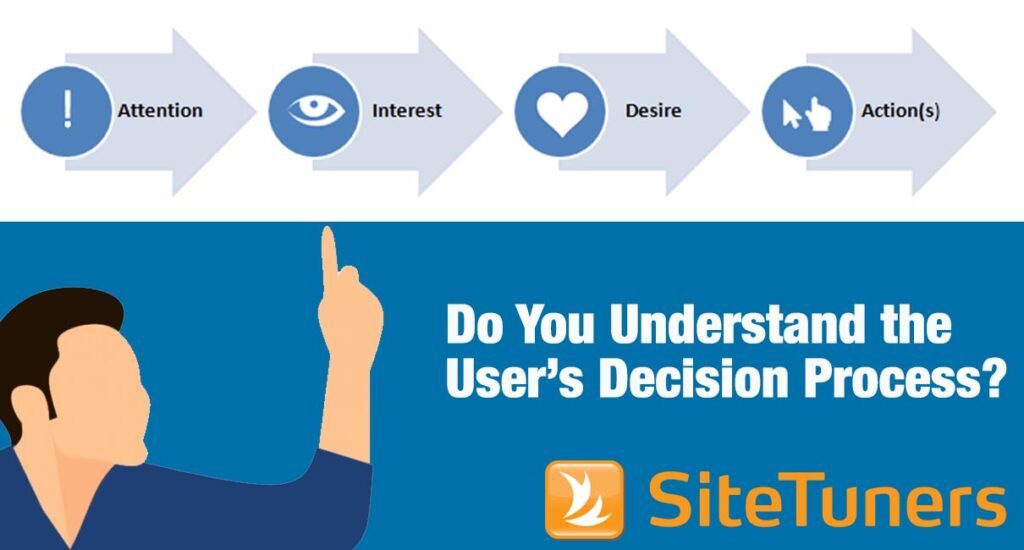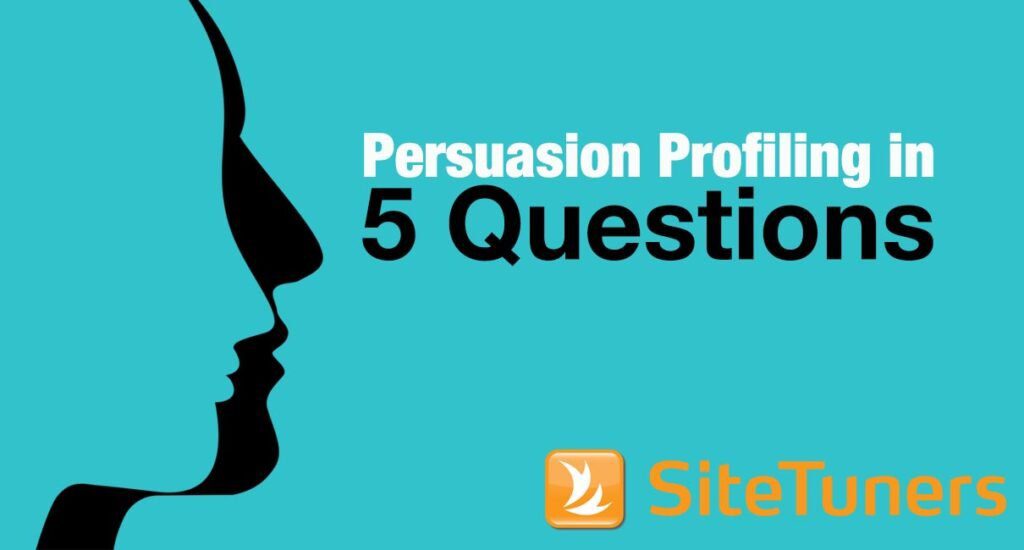
If you’ve never considered whether you should use “your” or “my” when you write the text on your call-to-action button, it could be costing you a lot of money. The pronoun you choose makes a huge difference in whether people click on your button (and subsequently buy) or if they pass you up for the next guy’s (properly worded) website. Even some of the most experienced conversion optimizers will test hundreds of elements on their site but still rely on intuition (or what “sounds right”) instead of doing the proper research.
If you’re having foggy memories of sitting glassy-eyed through your high school English class, here’s a primer on choosing the best pronoun for the job.
Pronoun Use: By the Numbers
The limited data available on the conversion benefits of using first person vs. second person pronouns when you write your call-to-action buttons indicates that using first person will help you generate more sales. Unbounce and ContentVerve conducted a split test which compared two pages that were identical except for the call to action at the bottom of the page. One page asked site visitors to “start your free 30-day trial period.” The other page asked them to “start my free 30-day trial period.” The results: the “my” page resulted in 90 percent more clicks than the “your” page. That’s pretty dramatic.

They repeated the test with another two pages. One page said “create account;” the other said “create your account. “The “your” page resulted in 24.91 percent fewer clicks than the “my” page. Joanna Wiebe from Copyblogger, replicated the test with one of her own clients and also found that the first person pronoun (that’s “I” and “my”) beat out the second person pronoun (“you’ and “your”) by 24 percent.
Wouldn’t you like to get a 24 percent increase in conversions? Try this simple experiment on your own site and see what happens.
The Psychology of “I”
To understand why using first person pronouns like “I” and “my” are more effective that using “you and “your,” it pays to look a little at the psychology of sales. When a person feels personally connected to a product or service, they buy, according to Entrepreneur and others. That’s not always easy to achieve on the Internet, where your sales copy and products compete with thousands and thousands of other sites. Using first-person pronouns takes your sales pitch from the impersonal Internet back to the 1950s corner store, where the store owner greeted everyone by name. No one wants to feel that they are merely a number in a stats column to you. The simple use of “me,” “my” and “mine” helps to avoid that.
Another explanation for the power of “I” is to consider how people arrive at purchase decisions. Ultimately, decisions are made based on feelings and emotions. Using first-person pronouns in your call to action leverages this knowledge by helping visitors feel the personal benefit of clicking.
First-Person Pronouns and Click Conversions
Of course, designing good, effective call-to-action buttons is not quite as simple as just using first-person pronouns. Any good call-to-action button is only as good as the copy that leads the reader to the end of the page and, of course, the product that it represents. However, if you’re still urging site visitors to “click here for your free trial” or even “start your free trial,” a simple adjustment could make a big impact on your bottom line.
This article originally appeared in Tim’s ClickZ column March 18, 2014
Work with the best!Kickstart your optimization with a 90-minute Website Review from the pioneers in conversion rate optimization. Our CRO experts at SiteTuners can help diagnose your website from a conversion and usability perspective. |


